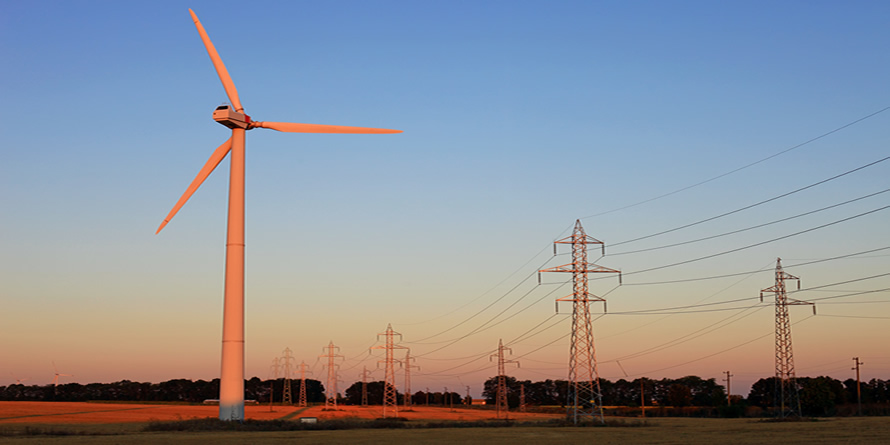Posted on: 02/12/2019
After Ofgem published their final decisions under the Targeted Charging Review, Head of Pricing, Tom Putney takes a look at the future charging landscape and what it means for both end users and power generators.
End Consumers
With the aim of making the charges fair and transparent, Ofgem has now decided to levy all residual charges on end consumers. Residual charges are those charges which recover the costs of using the network, rather than the forward-looking costs designed to reduce the need for investment in the network or provide incentives for siting generation for example.
This will take the form of fixed charges, implemented in 2021 for transmission connected consumers, whilst distribution connected consumers will see the change come in from 2022:
For non-domestic consumers, there will a single set of transmission residual charges, and a set of distribution residual charges for each of the 14 distribution licensed areas, for each fixed charging band. Bands will be defined by a consumer’s voltage level and, where further segmentation is required, further boundaries will be defined based on agreed capacity for larger consumers for whom this data is readily available, and net consumption volume for smaller consumers for whom this data does not routinely exist.[1]
As a result, there is going to be very little value in Triad avoidance once these reforms have been implemented, as consumers will not be able to shift demand in order to avoid these costs.
Generation
The major news for embedded generators coming out of the Targeted Charging Review (TCR) is that the Balancing Services Use of System (BSUoS) embedded benefit is to be removed from 2021. Expected to result in a loss in revenues of around £3/MWh, this will apply to distribution connected generators under 100MW.
This is all to be achieved by recovering BSUoS charges on a gross basis at the Grid Supply Point, rather than on the current net basis which treats embedded generation as ‘negative demand’. By making these changes, Ofgem claim that consumers will save between £3.8bn-£5.3bn by 2040.
Whilst this will make the business case for renewables harder to make, it is at least a better outcome than the regulator’s original minded-to-decision under which embedded generators would have had to pay BSUoS charges. It’s worth noting that generators in North Scotland which are currently subject to flipping will benefit from this decision too. With charging to be recovered on a gross basis, there will be no BSUoS charge for these generators to pay.
Despite this, the regulator still isn’t finished with BSUoS, having confirmed that the embedded benefit is to become a focus of a second ‘Balancing Services Taskforce’, which will be charged with applying the TCR’s principles to recovery of the charges – essentially who should pay the charges and how.
The outcome of that is yet to be seen, but what we do now know is that that focus will now move to Ofgem’s Access and Forward-Looking Charges review (the non-residual component of TNUoS and DUoS, plus connection charges) meaning further remains on the horizon.
[1] https://www.ofgem.gov.uk/system/files/docs/2019/11/tcr_final_decision.pdf (p.49)

 United States
United States Australia
Australia






